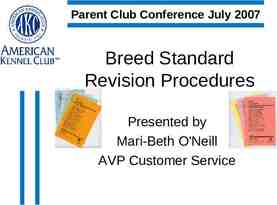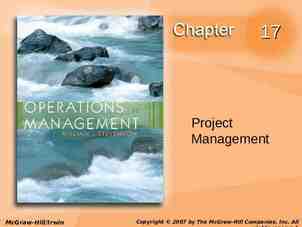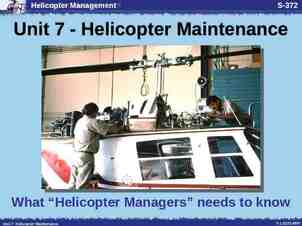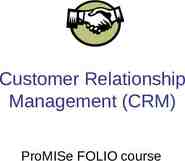Chapter 1 Introduction to Personal Finance
12 Slides669.57 KB
Chapter 1 Introduction to Personal Finance
What is personal finance? Financial issues that can affect an individual Knowledge is a key to making good financial decisions Varies from person to person, and situation to situation
Recor The financial plan d Keepi ng Retir emen t/ Estat PersonaleInvesting Plann Protecting Assets and ing income Personal Financing Liquidity Management Budgeting and Taxes
Ways to acquire assets! Work- salary or commissions Investing Inheritance/Gifts Credit Others? Why do people work?
American Credit Industry Began in the 19th century but borrowing was reserved for: Needs or things that increased productivity or value Borrowing for nonessentials was seen as immoral Borrowing was much more local Industrial Revolution changed the magnitude of production Reduced costs and increased inventory Borrowing for fun or frivolous items began
American Credit Industry cont. 1940’s-1960’s: disposable income and spare time increased Central banks are established due to the Great Depression First credit cards are introduced 1990’s and beyond Average household debt is between 10,000- 15,000 Average number of cards per user 3.7 WHY?
Type of earning statements Pay stub W-4 W-2
The W’s W-4 Used to withhold the correct federal income tax from your pay Complete a new one when your personal or financial situations change W-2 Wage and tax statement Used to file your federal and state taxes Reports the amount of taxes withheld from your pay Must be sent to you no later than Jan. 31 of the following year
Gross vs. Net Income Gross- An individual’s total personal income before taking out deductions and taxes Net- gross income minus taxes and all deductions Common Deductions can add up to (20-40% of gross income) Medicare tax Social Security tax Federal Income tax State Income tax State disability tax Health care contributions Retirement
Setting Smart Goals 3 ranges of goals Short term- within 1 year Intermediate- 1 to 5 years Long term- will take more than 5 years to accomplish Must be achievable, realistic, and specific
Needs vs. Wants Need- something you have to have or can’t do without Want- something you would like to have, not absolutely necessary Needs can fall under 2 categories Fixed expenses- a set amount that must be paid each budget period (monthly, quarterly) Variable expenses- a cost that changes in amount or time it must be paid, or both Wants are purchased with discretionary income: Discretionary expenses offer best opportunities for adjusting spending

















